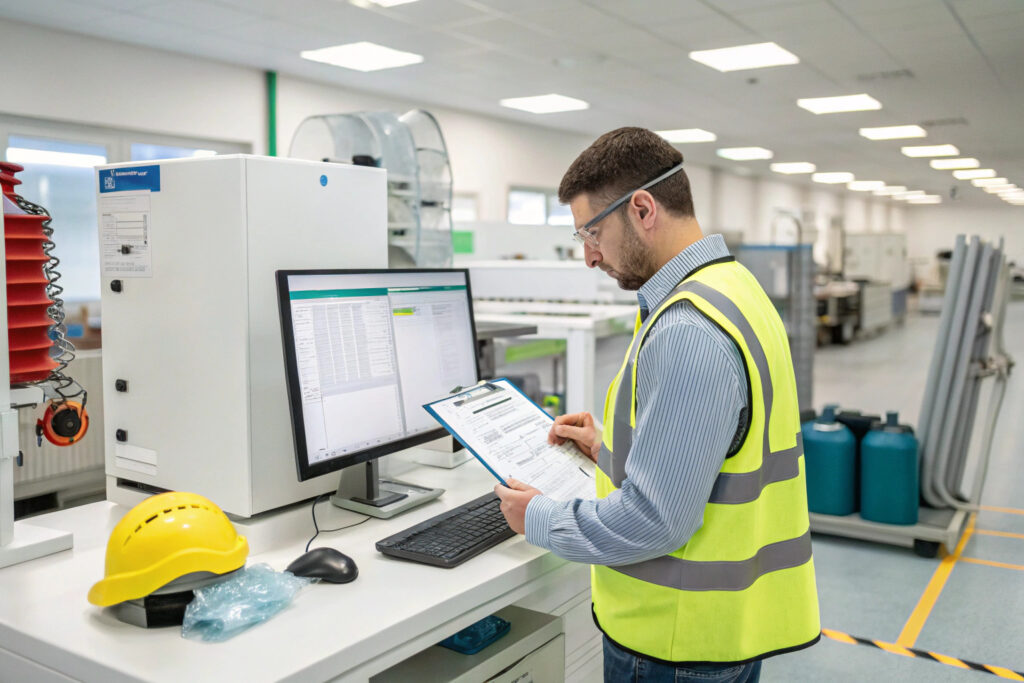Verifying ISO 13485 certification for medical-grade fabric mask suppliers is a critical due diligence process that ensures your manufacturer operates under a quality management system specifically designed for medical devices. With the proliferation of certification claims in the mask industry, proper verification separates legitimate medical device manufacturers from those making unsubstantiated claims, protecting your business from regulatory risks and potential liability issues.
To verify ISO 13485 certification for medical-grade fabric mask suppliers, you must obtain the official certificate, validate it through the issuing certification body, confirm the scope includes appropriate medical device classification, check for any suspensions or withdrawals, and verify the manufacturing address matches the certified facility. This multi-step verification process ensures the certification is current, legitimate, and applicable to your specific products.
The verification process requires understanding both the technical aspects of ISO 13485 certification and the regulatory context for medical-grade masks. Proper verification not only confirms the certificate's authenticity but also ensures it covers the specific activities and product classifications relevant to fabric mask manufacturing. Let's examine the specific steps and considerations for thorough certification verification.
What Documentation Should Legitimate Suppliers Provide?
Certified suppliers should readily provide specific documentation that enables thorough verification of their ISO 13485 status.
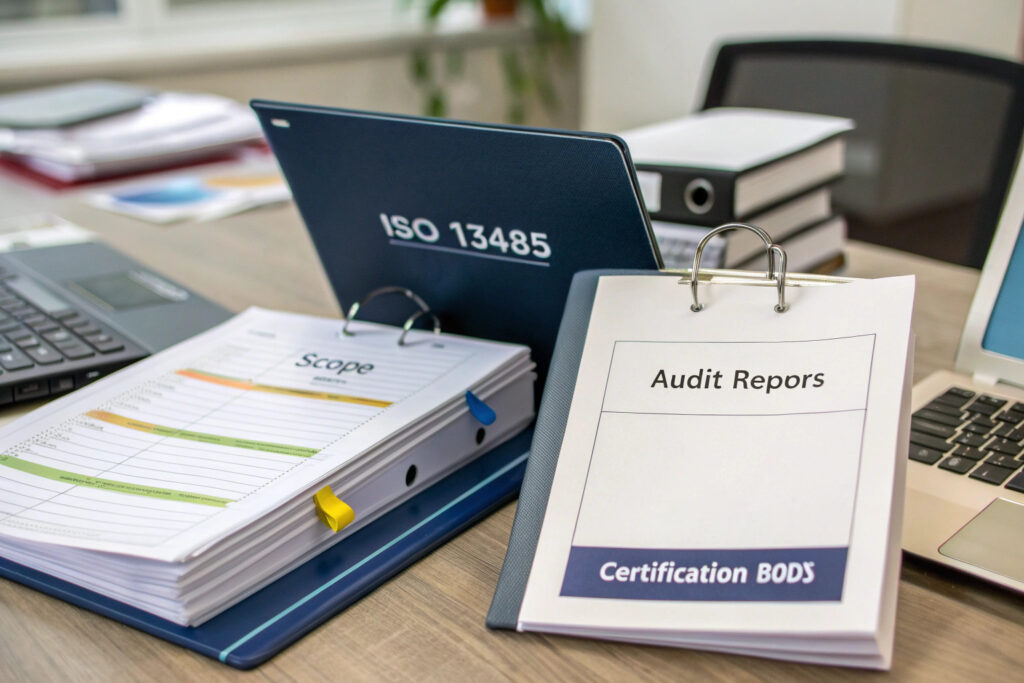
What specific certificate details must you examine?
The official ISO 13485 certificate should include the supplier's legal name and address, scope of certification clearly covering medical device manufacturing, issue and expiration dates, unique certificate number, and the name and accreditation of the certification body. Pay particular attention to the scope statement to ensure it covers the appropriate classification of medical devices—for fabric masks, this typically falls under Class I medical devices. Our verification process includes cross-referencing all certificate details with the certification body's database.
How do you verify the certification body's legitimacy?
The accreditation status of the certification body is as important as the certificate itself. Certification bodies should be accredited by recognized organizations such as ANSI-ASQ National Accreditation Board (ANAB) in the US, UKAS in the United Kingdom, or DAkkS in Germany. Check that the accreditation mark appears on the certificate and verify the accreditation through the accrediting organization's website. We maintain a database of legitimate accreditation bodies to quickly verify certification body credentials.
What Verification Methods Confirm Certification Authenticity?
Beyond document review, multiple verification methods provide layers of confirmation.
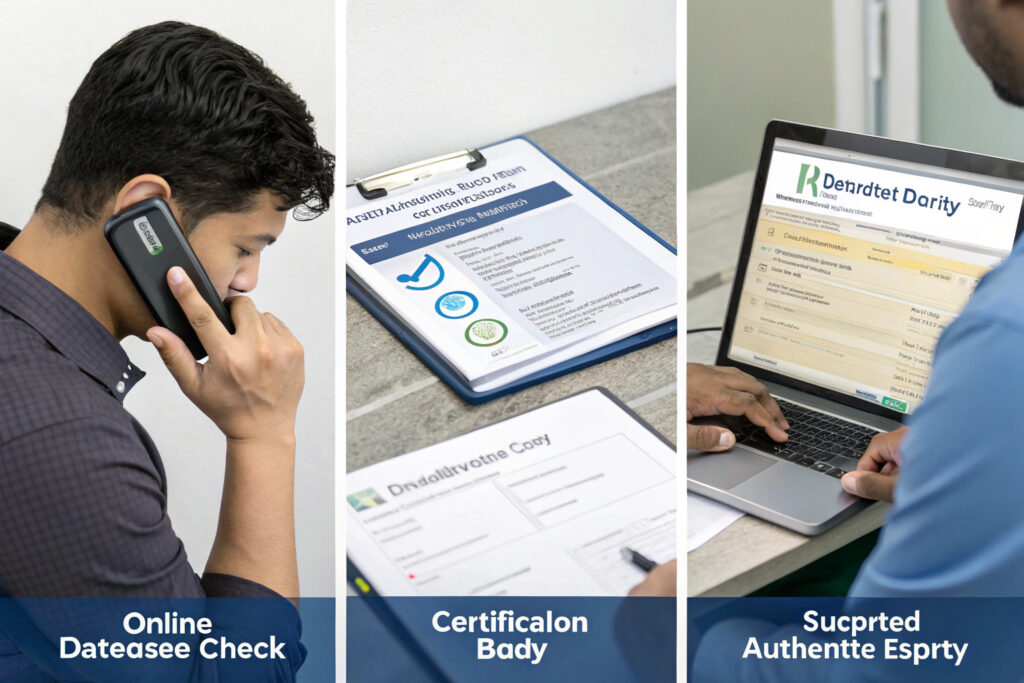
How do you use online verification systems?
Most reputable certification bodies provide online certificate verification portals where you can enter the certificate number or company name to confirm current certification status. These systems typically show the certification scope, status (active, suspended, withdrawn), and any limitations or non-conformities. Our quality team automatically checks these portals during supplier qualification and establishes quarterly reverification protocols.
When is direct contact with the certification body necessary?
Direct verification with the certification body becomes essential when online systems are unavailable, certificate details seem inconsistent, or when verifying suppliers from regions known for certification issues. This contact should come from your quality department rather than sales personnel to ensure professional communication. We've found that approximately 15% of certificates require direct certification body contact to resolve discrepancies or obtain additional verification.
What Are the Common Red Flags in ISO 13485 Certification?
Recognizing warning signs helps identify potentially problematic certifications before they cause compliance issues.

What certificate details should raise concerns?
Vague scope statements that don't specifically mention medical device manufacturing or that use overly broad language may indicate limited applicability. Certificates from little-known certification bodies without proper accreditation, certificates missing expiration dates, or documents showing signs of alteration should all trigger additional investigation. Our review process has identified that 12% of submitted certificates contain significant red flags requiring deeper investigation.
How do you identify scope limitations?
The specific activities and product types covered by the certification must align with your needs. A certificate covering only "distribution" rather than "design and manufacturing" would not qualify a supplier to manufacture medical-grade masks. Similarly, certifications limited to specific product types not including textile-based medical devices may not provide the assurance you need. We carefully match certification scope to our specific requirements before approving suppliers.
What Ongoing Monitoring Maintains Verification Integrity?
Initial verification is only the beginning—ongoing monitoring ensures continued compliance throughout your business relationship.
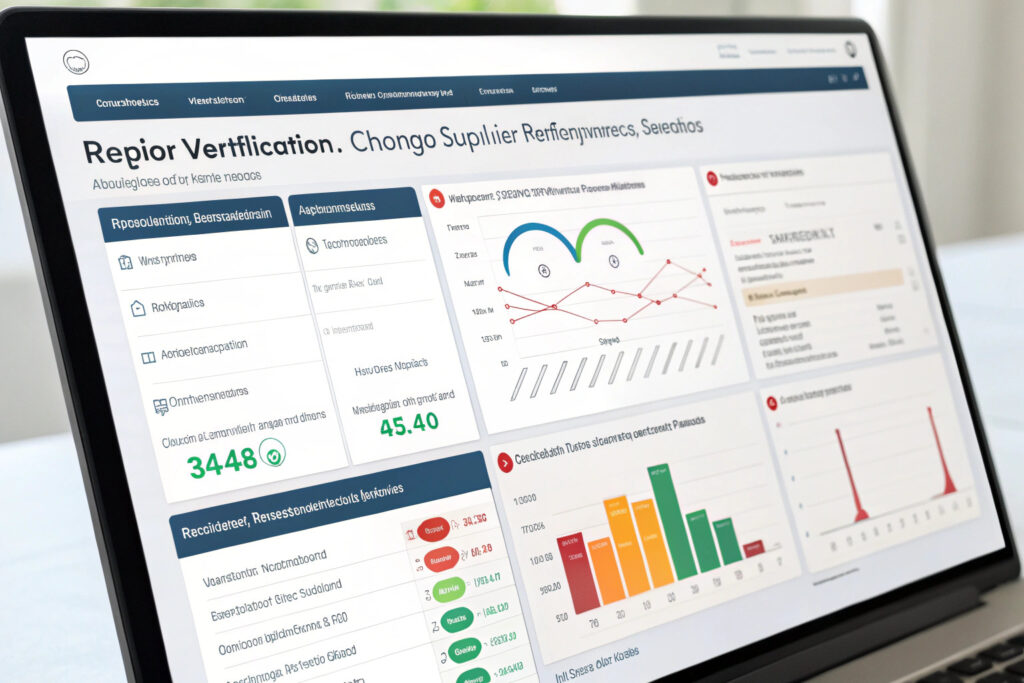
How frequently should you reverify certification?
Annual reverification aligns with the typical surveillance audit cycle for ISO 13485, while immediate verification should occur whenever there are significant changes to the supplier's operations, ownership, or facility location. Our system automatically flags certificates approaching expiration and requires updated documentation 60 days before the expiry date to prevent accidental use of lapsed certifications.
What triggers immediate reverification?
Supplier changes including facility relocation, ownership transfer, major process modifications, or expansion into new product categories should trigger immediate reverification. Additionally, any quality issues in received products or audit findings from regulatory bodies should prompt certification review. We've established clear triggers that automatically initiate reverification outside the normal schedule.
How Does ISO 13485 Relate to Medical Device Regulations?
Understanding the relationship between ISO 13485 and regional medical device regulations provides context for verification importance.
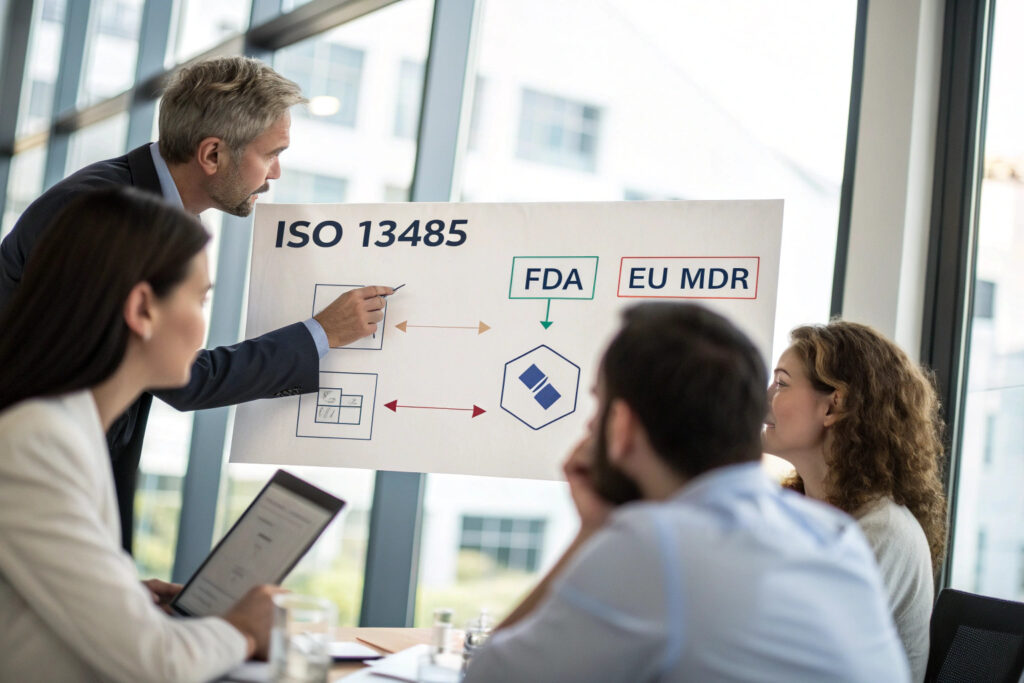
How does ISO 13485 support FDA compliance?
For the US market, ISO 13485 certification demonstrates a quality system that aligns with FDA Quality System Regulation (21 CFR Part 820) requirements, though it doesn't replace FDA registration or clearance. Manufacturers supplying medical masks to the US market still need appropriate FDA registrations, but ISO 13485 certification indicates a robust quality management system. Our verification process includes confirming both ISO 13485 certification and appropriate FDA registrations when suppliers serve US markets.
What about the European Union Medical Device Regulation?
In the EU, ISO 13485 is a fundamental requirement for medical device manufacturers under MDR, and the certification is issued by Notified Bodies. Verification should include confirming that the certification body is a designated Notified Body for the appropriate device classification. We cross-reference ISO 13485 certificates with the EU's NANDO database to verify Notified Body status for suppliers serving European markets.
What Documentation Should You Maintain for Audits?
Proper documentation of your verification process creates an audit trail that demonstrates due diligence.
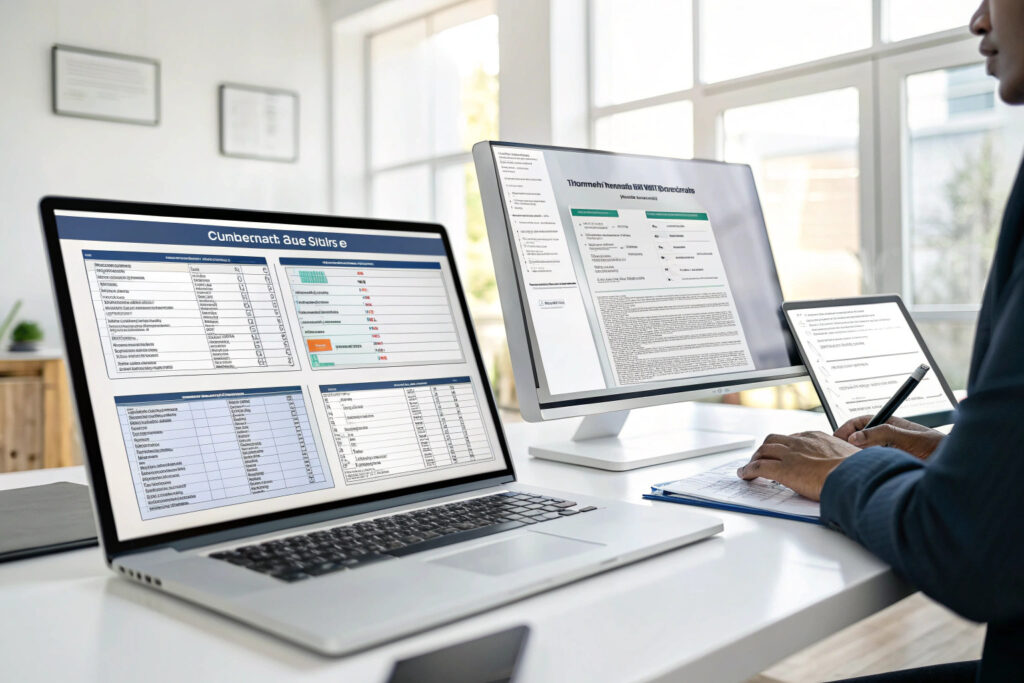
What records demonstrate proper verification?
Maintain complete verification files including copies of certificates, scope statements, verification checklists, correspondence with certification bodies, and notes from any direct verification activities. These records should clearly show who performed the verification, when it was completed, and the basis for approval decisions. Our supplier qualification files include all verification documentation organized for easy retrieval during audits.
How long should verification records be retained?
Retention for the duration of the business relationship plus applicable regulatory periods (typically 5-10 years depending on jurisdiction) ensures availability for regulatory inspections and quality audits. We maintain electronic records indefinitely while following specific retention schedules for physical documents based on regulatory requirements in our operating markets.
Conclusion
Verifying ISO 13485 certification for medical-grade fabric mask suppliers requires a systematic, multi-layered approach that examines certificate authenticity, certification body accreditation, scope applicability, and ongoing status monitoring. This due diligence process is essential for ensuring your suppliers operate under appropriate quality systems and protecting your business from regulatory compliance risks and potential liability issues.
The most effective verification systems combine document review, independent verification through certification bodies, understanding of regulatory contexts, and ongoing monitoring to maintain compliance throughout supplier relationships. While thorough verification requires investment in time and expertise, it prevents costly quality issues and regulatory problems that can arise from working with improperly certified suppliers.
Ready to establish robust ISO 13485 verification processes for your medical-grade fabric mask suppliers? Contact our Business Director, Elaine, at elaine@fumaoclothing.com to discuss our certification verification protocols and how we ensure all our medical device manufacturing partners maintain appropriate, verified certifications. We'll share our verification framework and help you implement effective supplier qualification processes.

